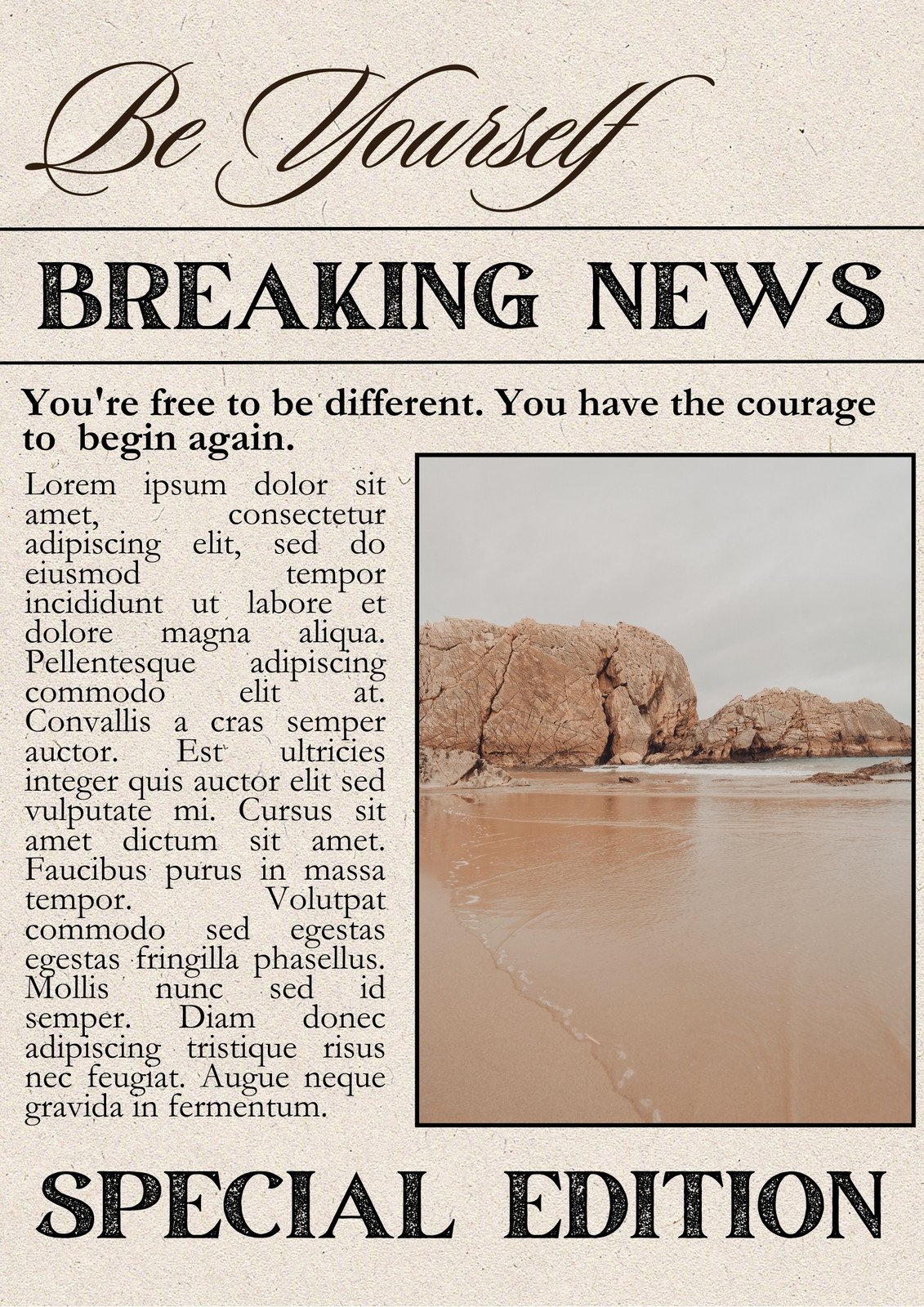The Buzz on News Articles
The Buzz on News Articles
Blog Article
6 Easy Facts About News Articles Explained
Table of ContentsIndicators on News Articles You Need To KnowGet This Report on News ArticlesNews Articles Things To Know Before You Get ThisThe Single Strategy To Use For News ArticlesThe Ultimate Guide To News Articles
Great understanding of different topics provides students an one-upmanship over their peers. Although electronic and social media sites are readily accessible, we ought to not forget just how crucial it is to check out the newspapers. Moms and dads need to try and inculcate the behavior of reviewing a paper as an everyday routine to proceed the legacy of the revered print medium.Newspaper article also consist of at the very least one of the adhering to vital qualities about the intended audience: proximity, prominence, timeliness, human rate of interest, quirk, or repercussion. The relevant term journalese is occasionally utilized, generally pejoratively, to describe news-style writing. An additional is headlinese. Papers usually stick to an expository writing design.
Within these limitations, news tales additionally intend to be thorough. Among the larger and a lot more revered newspapers, justness and equilibrium is a major factor in offering information.
Papers with an international audience, for example, have a tendency to use an extra official style of writing. News Articles.; common style overviews consist of the and the United States Information Design Book.
Getting The News Articles To Work
Generally, reporters will certainly not utilize a lengthy word when a short one will do. They use subject-verb-object building and brilliant, energetic prose (see Grammar). They use stories, examples and metaphors, and they hardly ever depend upon generalizations or abstract concepts. Information authors attempt to prevent utilizing the same word much more than when in a paragraph (occasionally called an "echo" or "word mirror").
Headlines in some cases omit the topic (e.g., "Jumps From Boat, Catches in Wheel") or verb (e.g., "Feline female lucky"). A subhead (also subhed, sub-headline, subheading, subtitle, deck or dek) can be either a subordinate title under the main headline, or the heading of a subsection of the post. It is a heading that comes before the main message, or a group of paragraphs of the main message.

Additional billboards of any of these types may appear later on in the article (especially on succeeding web pages) to tempt more reading. Such billboards are additionally utilized as guidelines to the article in other sections of the magazine or site, or as promotions for the item in various other publication or websites. Common structure with title, lead paragraph (summary in bold), various other paragraphs (information) and contact information.

Example of a hard-lead paragraph NASA is proposing an additional room project. The budget requests about $10 billion for the project.
The NASA statement came as the firm asked for $10 billion of appropriations for the project. An "off-lead" is the 2nd essential front web page news of the day. The off-lead appears either in the top left corner, or directly below the lead on the. To "bury the lead" is to start the write-up with background details or details of secondary importance to the readers, forcing them to find out more deeply into a post than they need to have to in order to find the essential points.
10 Simple Techniques For News Articles
Usual use my explanation is that a person or two sentences each create their very own paragraph. Journalists usually describe the company or framework of an information tale as an inverted pyramid. The vital and most fascinating elements of a tale are placed at the beginning, with sustaining information complying with in order of reducing value.
It enables people to check out a subject to only the deepness that their curiosity takes them, and without the charge of information or nuances that they can think about irrelevant, yet still making that details readily available to a lot more interested visitors. The upside down pyramid framework also makes it possible for posts to be trimmed to any type of approximate size throughout layout, to fit in the space readily available.
Some writers begin their tales with the "1-2-3 lead", yet there are lots of kinds of lead offered. This format usually starts with a "5 Ws" opening up paragraph (as defined above), followed by an indirect quote that serves to support a major aspect of the first paragraph, and after that a straight quote to sustain the indirect quote. [] A twist can refer to multiple points: The last tale in the news program; his explanation a "pleased" tale to finish the program.
Longer posts, such as publication cover articles and the items that lead the within sections of a paper, are referred to as. Function stories vary from straight information in numerous means. Foremost is browse around this web-site the absence of a straight-news lead, a lot of the time. Rather of using the essence of a story up front, feature authors might attempt to draw readers in.
News Articles Can Be Fun For Anyone
The journalist typically details interactions with interview subjects, making the piece much more individual. A function's initial paragraphs typically associate a fascinating moment or event, as in an "unscientific lead". From the details of a person or episode, its view quickly broadens to generalizations about the tale's topic. The area that signifies what a feature has to do with is called the or billboard.

The Editor's Toolbox: A Reference Guide for Beginners and Professionals (2001) Allan M. Siegal and William G. Connolly. The New York Times Guidebook of Style and Usage: The Authorities Design Overview Made Use Of by the Writers and Editors of the Globe's A lot of Reliable Paper (2002) M. L. Stein, Susan Paterno, and R.
Report this page